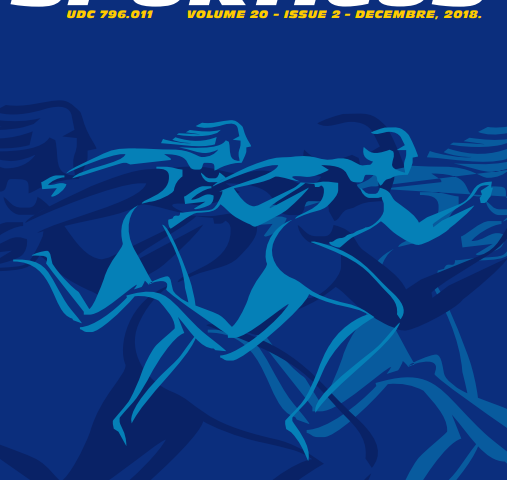Abstract
Peripheral nerve injuries following paraneural anesthetic application may result in permanent nerve damage. Intraneural application is one of the main reasons these injuries occur, but nerve structure alterations were also reported after paraneural applications. Our aim was to determine the extent of the reactive changes of the connective tissue sheaths during paraneural application of lidocaine, since these changes represent important indicators of the actual magnitude of nerve damage. Ten male New Zealand rabbits were randomly divided into the control (n=5) and the paraneural group (n=5). The sciatic nerves in the paraneural group were bilaterally operatively exposed. Lidocaine (2% ) was injected into the mesoneurium using an automated infusion pump (3mL/min). At the end of the experiment, a 1-cm long nerve tissue specimen was exised. Intact sciatic nerves of the 5 untreated rabbits served as control. Qualitative and quantitative histological analyses were performed. Proliferation of connective tissue of the epi-, and endoneurium, delamellation and thickening of the perineural lamellae, dilation of blood vessels and thickening of their endothelium were observed. The volume fractions of the epineural and the endoneural connective tissue of the paraneural group were higher than those of the control group. The endothelial cells of the endoneural and the epineural blood vessels were taller than those observed in the control group of animals. The perineurium was thickened. The paraneural application of lidocaine results in histological changes of the sciatic nerve connective tissue sheaths. Therefore, it is necessary to proper monitor the injection procedure in order to prevent nerve injuries.
Keywords: local anaesthetic, injection, sciatic nerve, nerve damage


